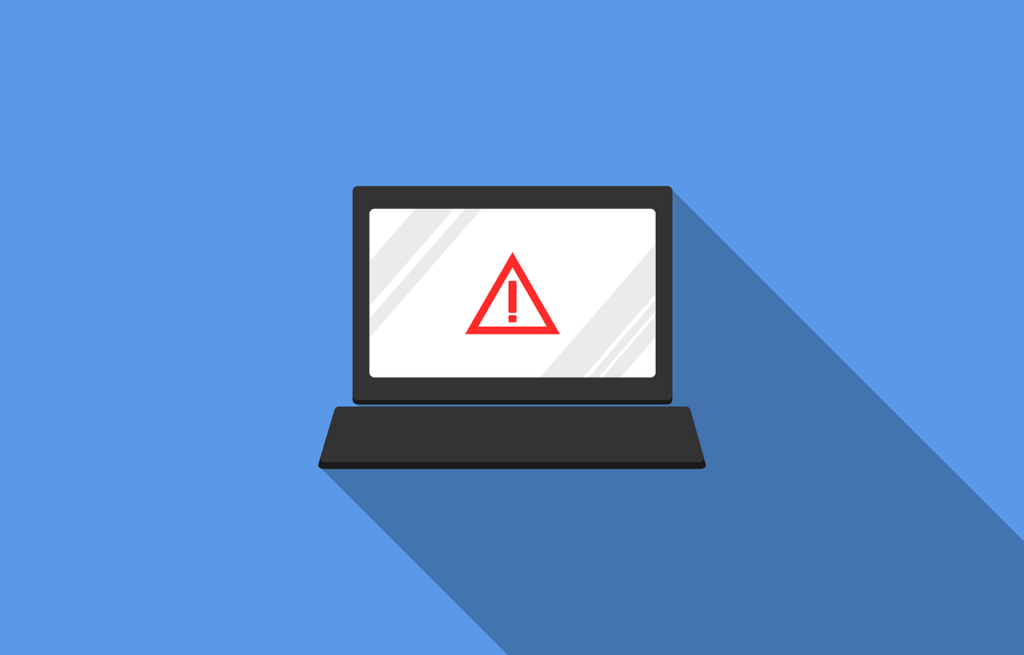Vulnerability scanning is a security technique used to identify potential points of exploit on a computer or network to identify security holes in order to determine if and where a system can be exploited or threatened.
A vulnerability scan detects and classifies system weaknesses in computers, networks, and communications equipment and predicts the effectiveness of countermeasures.
Vulnerability scanners range from very expensive enterprise-level products to free open-source tools.
Vulnerability scanning typically refers to the scanning of systems that are connected to the Internet but can also refer to system audits on internal networks that are not connected to the Internet in order to assess the threat of rogue software or malicious employees in an enterprise.
There are two approaches to vulnerability scanning, authenticated and unauthenticated scans. In the unauthenticated method, the tester performs the scan as an intruder would, without trusted access to the network.
Such a scan reveals vulnerabilities that can be accessed without logging into the network.
In an authenticated scan, the tester logs in as a network user, revealing the vulnerabilities that are accessible to a trusted user, or an intruder that has gained access as a trusted user.
How Vulnerability scanning works
A vulnerability scanner runs from the endpoint of the person inspecting the attack, to the surface in question.
The vulnerability scanning software compares details about the target attack surface to a database of information about known security holes in services and ports, anomalies in packet construction, and potential paths to exploitable programs or scripts.
The scanner software attempts to exploit each vulnerability that is discovered.
There are two approaches to vulnerability scanning: authenticated and unauthenticated scans.
In the unauthenticated method, the tester performs the scan as an intruder would, without trusted access to the network.
Such a scan reveals vulnerabilities that can be accessed without logging into the network.
In an authenticated vulnerability scanning, the tester logs in as a network user, revealing the vulnerabilities that are accessible to a trusted user, or an intruder that has gained access as a trusted user.
Both types of scans are recommended for businesses to obtain an overview of their security effectiveness.
There are different ways to treat vulnerability scanning: remediation, mitigation, or acceptance.
You should receive a detailed vulnerability assessment report post-scan, which will provide remediation recommendations for future use.








